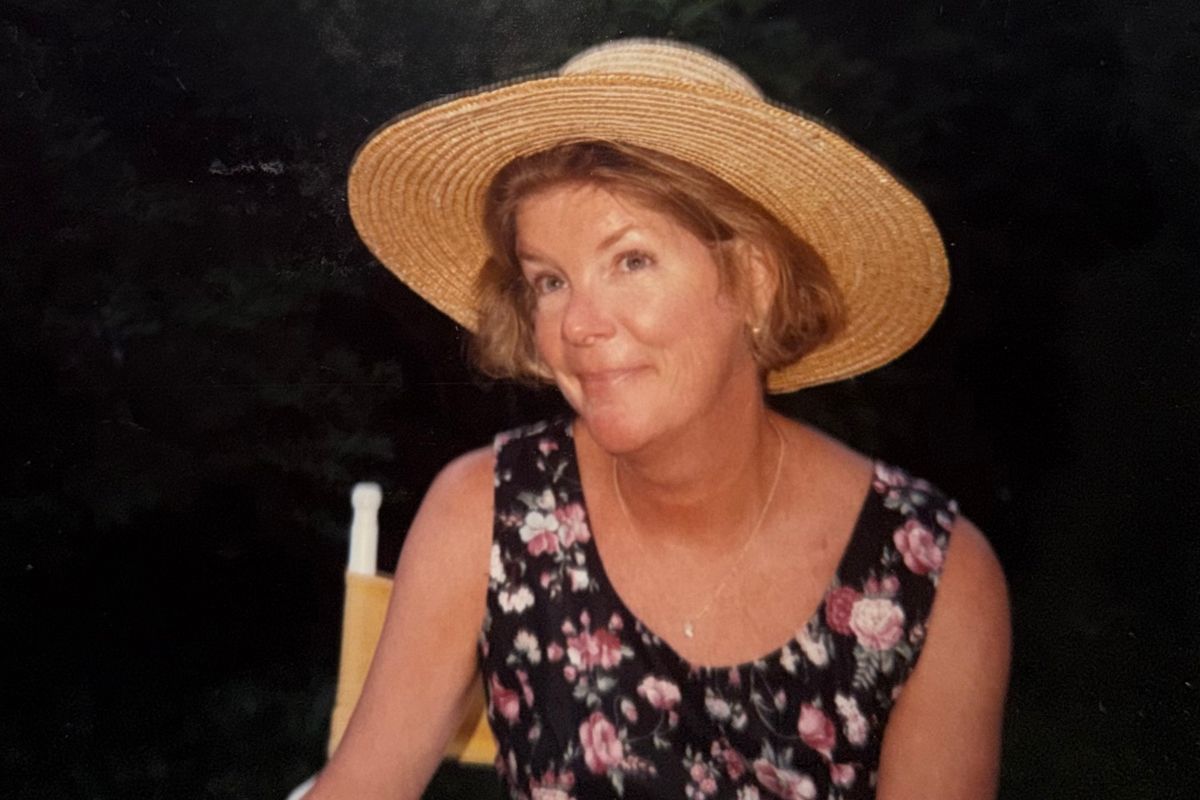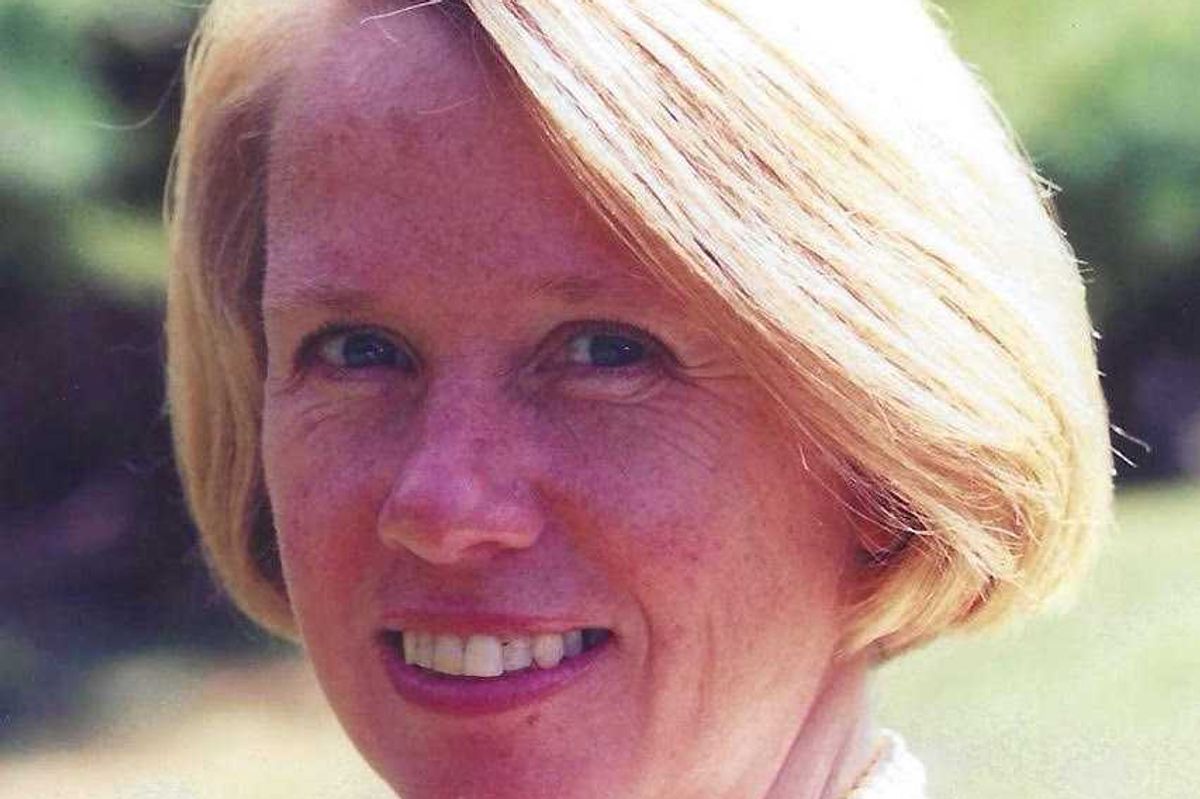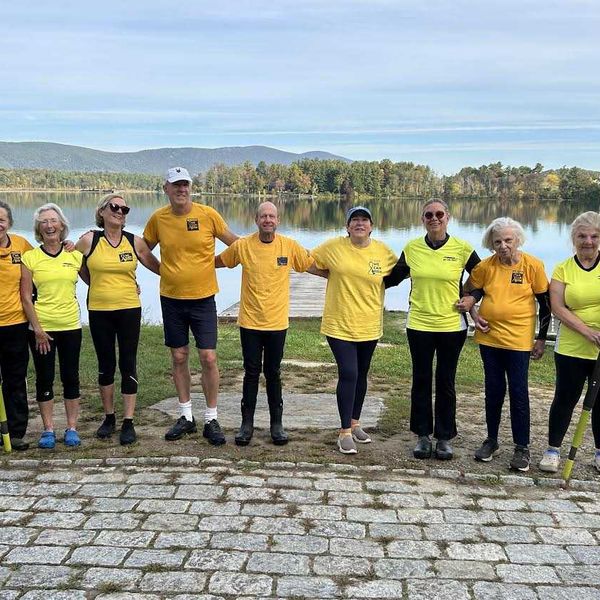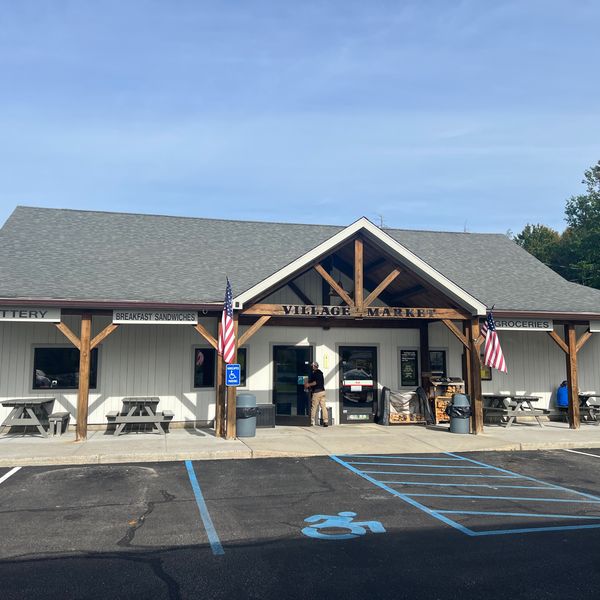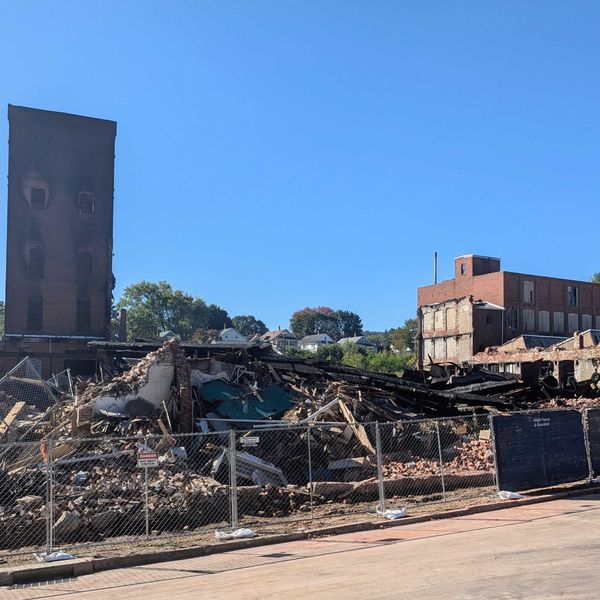Sharon residents debate solar plan pros and cons
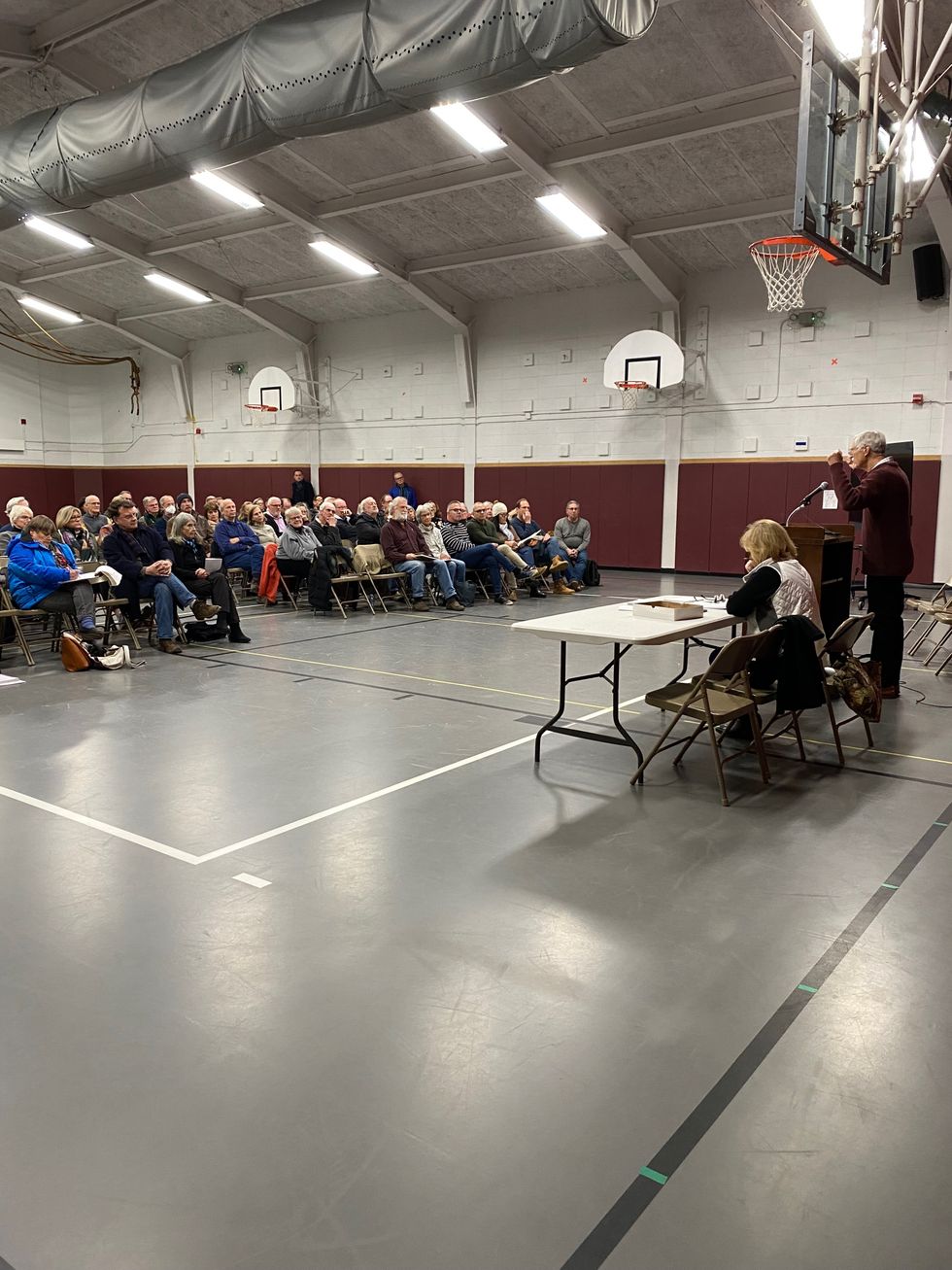
Residents gathered for an informational town meeting Wednesday, Nov. 29, to share views on a solar energy project to be installed on town property adjacent to Sharon Center School. The meeting adjourned to a referendum vote scheduled for Friday, Jan. 5, 2024, from noon until 8 p.m. at the Town Hall.
Photo by Leila Hawken
